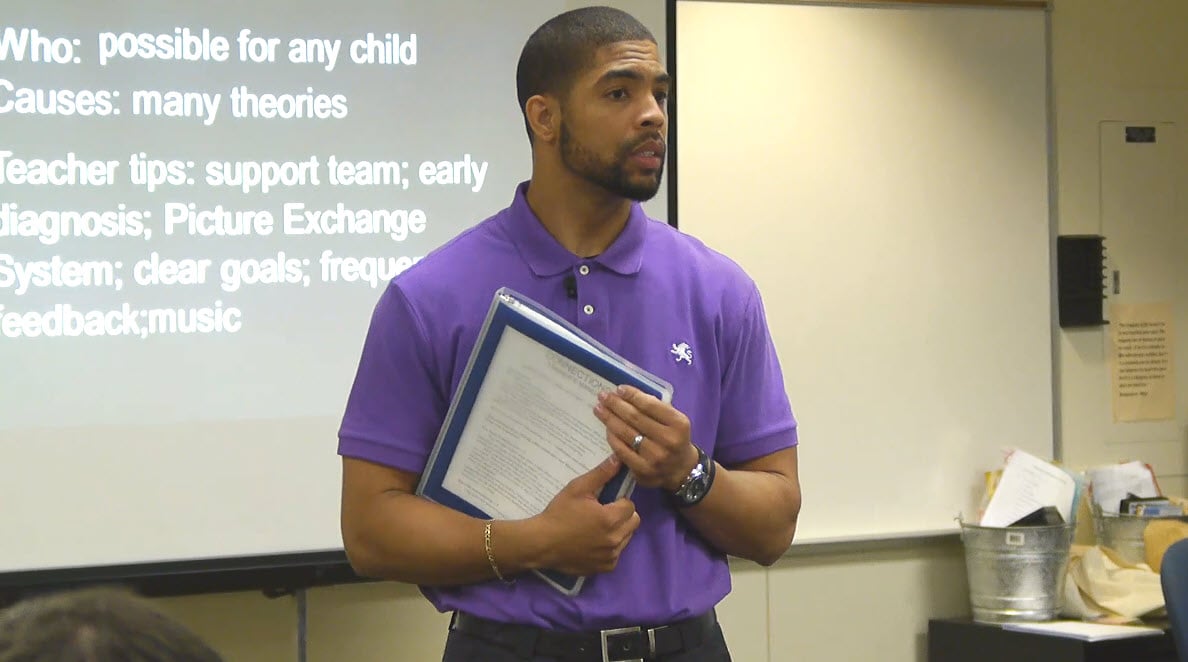



Most financial planning experts believe that the best time to start thinking about retirement is today…...whether you are fresh out of college and looking for your first job, or contemplating your retirement next year. With that in mind, for incoming Texas teachers, in addition to understanding your starting salary, it’s important to understand how the Texas teacher retirement system works.
The retirement system for teachers is known as the The Teacher Retirement System of Texas (TRS), and it’s a doozy.
The San Antonio Express News describes it as the “big gorilla” of Texas pensions, “about six times as big as the next biggest pension system, with about 1.5 million members and over and $150 billion in assets, as of its 2015 report.”
Who Administers the Texas Teacher Retirement System?
.jpg?width=350&name=Comm_LogoTRSRGB%20(1).jpg) TRS is led by current Executive Director, Brian Guthrie who manages 676 employees, and overseen by a Board of Directors.
TRS is led by current Executive Director, Brian Guthrie who manages 676 employees, and overseen by a Board of Directors.
According to the TRS website, “The Teacher Retirement System of Texas has been established pursuant to Article 16, Section 67 of the Texas Constitution, which requires TRS to have a Board of Trustees (the “Board”) to administer TRS and invest its funds.”
“The assets of the TRS pension fund are required by state and federal law to be held in trust for the exclusive benefit of plan participants and beneficiaries.”
“The Board of Trustees of TRS, the trustee of all plan assets, is responsible for the general administration and operation of TRS, and is authorized by law to adopt rules for the administration of TRS and the transaction of the business of the Board.”
How Is Your Benefit Calculated?
The TRS Plan has two parts — a defined benefit part and a defined contribution part. Your employer contributes to your defined benefit part. You contribute to the defined contribution part.
The value of your defined contribution part will consist of your contributions and their investment returns. Your employer contributes a percentage based on your salary or wages to help fund the defined benefit part of TRS Plan.
To understand how your retirement benefit payout is calculated, there are three main components that you must know.
They are:
TRS will send you a summary at the completion of each service year so that you can keep up with your estimate of benefits.
Here is an example taken from the Texas Classroom Teachers Association that illustrates how the payout is calculated.
To calculate your TRS retirement benefits, use the following formula:
Multiply your years of service credit by 2.3 percent. (Example: if you have 30 years of service credit in TRS, 30 x 2.3 = 69 percent.)
Determine the average of your five highest years of salary.*
Multiply your average salary (from step 2) by the number from step 1. This is your annual TRS standard annuity. (Example: $40,000 x 69 percent. This person’s standard annuity would be $27,600 per year.)
* An individual who, on Aug. 31, 2005, was at least 50 years old, or met the Rule of 70, or had at least 25 years of service credit should use the three highest years of salary for this calculation.
Note the exceptions listed here that describe reductions in the standard annuity based on standard age at retirement.
In order to receive the maximum capped amount of benefits (80%), you would need 35 years of service credit.
One word of caution for late career changers. Most district employees that pay into TRS do not pay into the Federal Social Security System. This can pose some challenges and a reduction of Social Security payouts for both earned Social Security benefits, and spousal survivor benefits.
TRS has an excellent video that explains the issue.
If you have already qualified to receive Social Security benefits from previous employment, you should consult a financial professional to determine how paying into TRS will impact your previously earned retirement benefits, and whether the tradeoff is financially feasible.
This article will help you understand the challenges.
Since 1985, the state of Texas has provided healthcare to retired teachers through the Teacher Retirement System TRS-Care program. Medicare and TRS-Care work together to provide benefits for hundreds of thousands of retired teachers and their dependents.
The program’s original funding back in 1985 was enough to maintain the fund through fiscal year 2000, and has been extended since. However, the Texas Legislature is under no continuing obligation to provide benefits.
As premiums and deductibles have continued to increase, many retired teachers have begun to leave TRS-Care. They are electing plan options with Medicare instead.This is expected to continue, especially since premiums for retired teachers are expected to double or even triple in 2018.
Here is a good in-depth article that explains the system, current issues, and potential alternatives.
 At the current time, TRS is in stable financial condition. It meets all suitable financial criteria to continue payouts for the foreseeable future.
At the current time, TRS is in stable financial condition. It meets all suitable financial criteria to continue payouts for the foreseeable future.
One note of caution: The system does not have a cost of living feature, which means that the benefit that you receive at retirement will not go up annually to adjust for cost of living increases. This means that for each year that you live after retirement, your purchasing power will go down.
For this reason, it is imperative that you build additional retirement assets outside of your pension plan to supplement your retirement nest egg. There are alternatives such as Roth IRA’s and payroll deducted 403(b) programs that you can establish to meet these objectives.
The TRS programs suggests that you meet with a qualified financial advisor to develop a financial game plan.
If you would like to learn more about your benefits with TRS and how it works, they have developed an excellent series of Financial Awareness videos that will help you understand the program in more depth.
I suggest that you give them a good look. Remember, get started early with your gameplan. The earlier you start, the easier it is.
Topics: Texas Teacher News
Micah is the Director of Curriculum & Technology. He holds a Bachelor of Arts in British Literature, from the University of North Texas and a Master of Arts in Teaching, from Louisiana College. In his previous career, Micah served for 14 years as a banker and bank manager. For the majority of this period, Micah managed the Downtown Fort Worth location of Frost Bank. In 2005, Micah finally surrendered to his true calling to be an educator. After a brief, but fulfilling term teaching high school English at Flower Mound High School in Lewisville ISD, Micah went to work for the family business, training teachers.
7166 Baker Blvd., Suite B · Richland Hills, Texas 76118
Phone 817-284-7731 | Fax 817-284-3396
Login | Make Payment | ECAP Handbook | Privacy Policy | Pricing
Your Comments